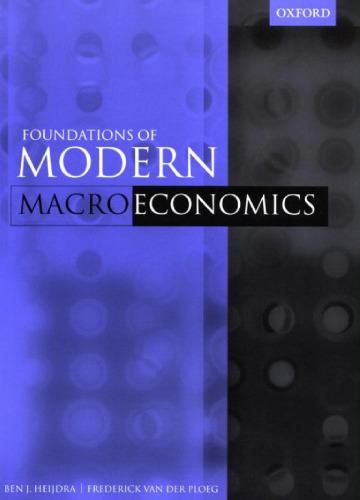Fiscal policy in the domestic country (represented by a rise in g) shifts up both GMEN and
Question:
Fiscal policy in the domestic country (represented by a rise in g) shifts up both GMEN and GMEN but, provided the own effect of government spending dominates
(so that ri < 1), the former shifts by more than the latter (i.e. ar*/ag is largest for GMEN). The new equilibrium is at el , the domestic economy experiences a real appreciation, and output in both countries rises. Hence, the fiscal stimulus in the domestic economy also stimulates the foreign economy. This is why this phenomenon is called a locomotive policy: the one country is able to pull itself and the other country out of a recession by means of fiscal policy. Why does it work? The increased government spending in the domestic economy leads to upward pressure on domestic interest rates. The resulting capital inflows cause the domestic currency to appreciate, so that the demand for foreign goods is increased. This stimulates output in the foreign country. The resulting increase in the interest rate causes the price levels of both countries to rise by the same amount. Since nominal wages are fixed, the real producer wage falls in both countries, which explains the increase in output and employment.
Step by Step Answer:

Foundations Of Modern Macroeconomics
ISBN: 9781264857937
1st Edition
Authors: Ben J. Heijdra, Frederick Van Der Ploeg






